We started off by looking at the original narrative structure of film noir
- equilibrium
- disruptive event
- recognition of disruption
- attempting to repair the disruption
- new equilibrium
I worked in a group with Charley and Ryan, we done a brief exercise where we took pictures following a story board which we put together to create our own sequence trying to fit our structure to conform to Todorov's structure.
Picture 1;
Buster Rayburn is in a prison cell.
His voice over can be heard 'Here i am again. They said i wouldn't make it on the outside. If only i didn't meet that dame.'
Picture 2a;
Picture 2b;
Picture 2c;
Buster is drunk in a bar on his own and is greeted by a gangster who says he has a job for him. Buster turns down the job.
Picture 3;
The gangster's girlfriend Lacey Lane appears. Buster can't take his eyes off her.
Picture 4;
Back to Buster in jail. Voice over. 'If only I walked away when I had the chance'
Picture 5;
Buster is back at the same bar drinking bourbon. Lacey Lane wa;ls in and whispers seductively in his ear.
Picture 6;
Lacey gives buster a gun and a kiss.
Picture 7;
Buster shoots the gangster as he leaves his house one morning.
Picture 8;
Buster and Lacey meet in a dingy hotel room. She thanks him and says she will run away with him that night.
Picture 9a;
Picture 9b;
Buster waits for Lacey at the railway station. The cops turn up and arrest him. Lacey can be seen in the background. She has obviously reported him to the police.
Picture 10;
Back to Buster in jail. His voice over can be heard. 'You see dames always bring a man down. She won't hurt any more suckers now.'
Picture 11a;
Picture 11b;
Buster quickly grabs a police man's gun and after a struggle, manages to fire a shot which hits Lacey and she dies.
Picture 12;
Flashback to Buster walking out of jail.



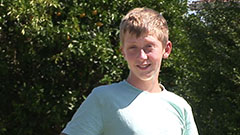

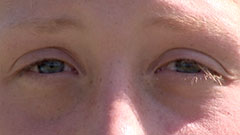
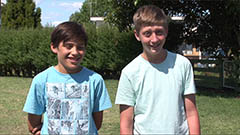
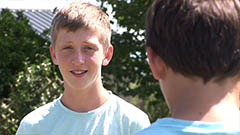
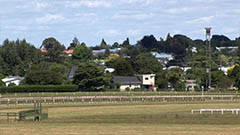
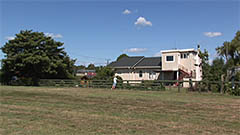

 Here, our title is 'The Killers', first off the word 'Killers' is incredibly large which draws our attention to it making it obvious that someone is bound to die in this film and we are more than likely going to see the story unfold from the perspective of the killers. Also the title is in red, red signifies many things e.g blood, violence, passion; this shows us this film is more than likely going to involve all of those things in the plot.
Here, our title is 'The Killers', first off the word 'Killers' is incredibly large which draws our attention to it making it obvious that someone is bound to die in this film and we are more than likely going to see the story unfold from the perspective of the killers. Also the title is in red, red signifies many things e.g blood, violence, passion; this shows us this film is more than likely going to involve all of those things in the plot. The 'Sin City' dvd case is very similar to 'The Killers' as in the Font is bold and again in read showing us this film will probably be crime orrientated as above.
The 'Sin City' dvd case is very similar to 'The Killers' as in the Font is bold and again in read showing us this film will probably be crime orrientated as above.